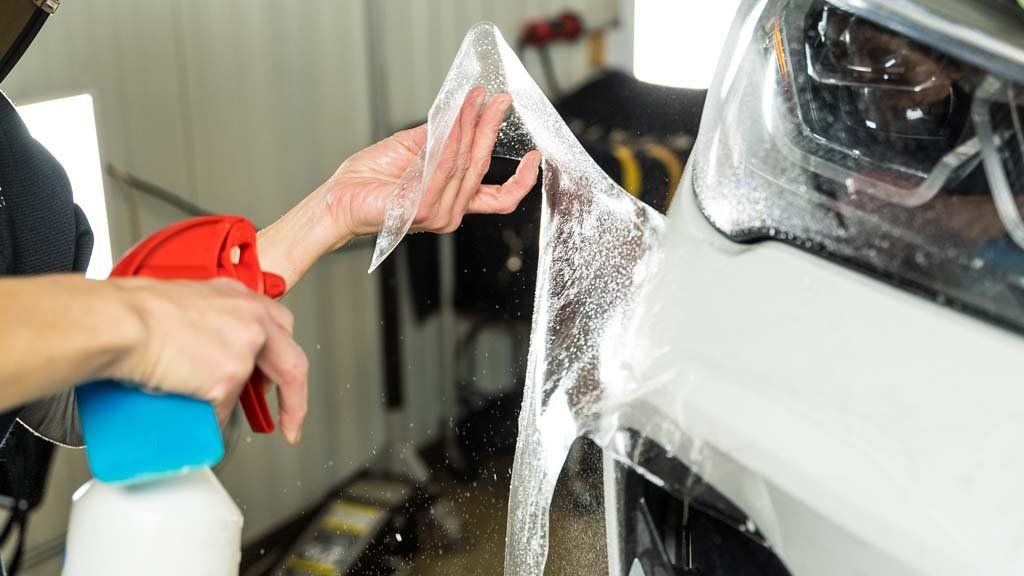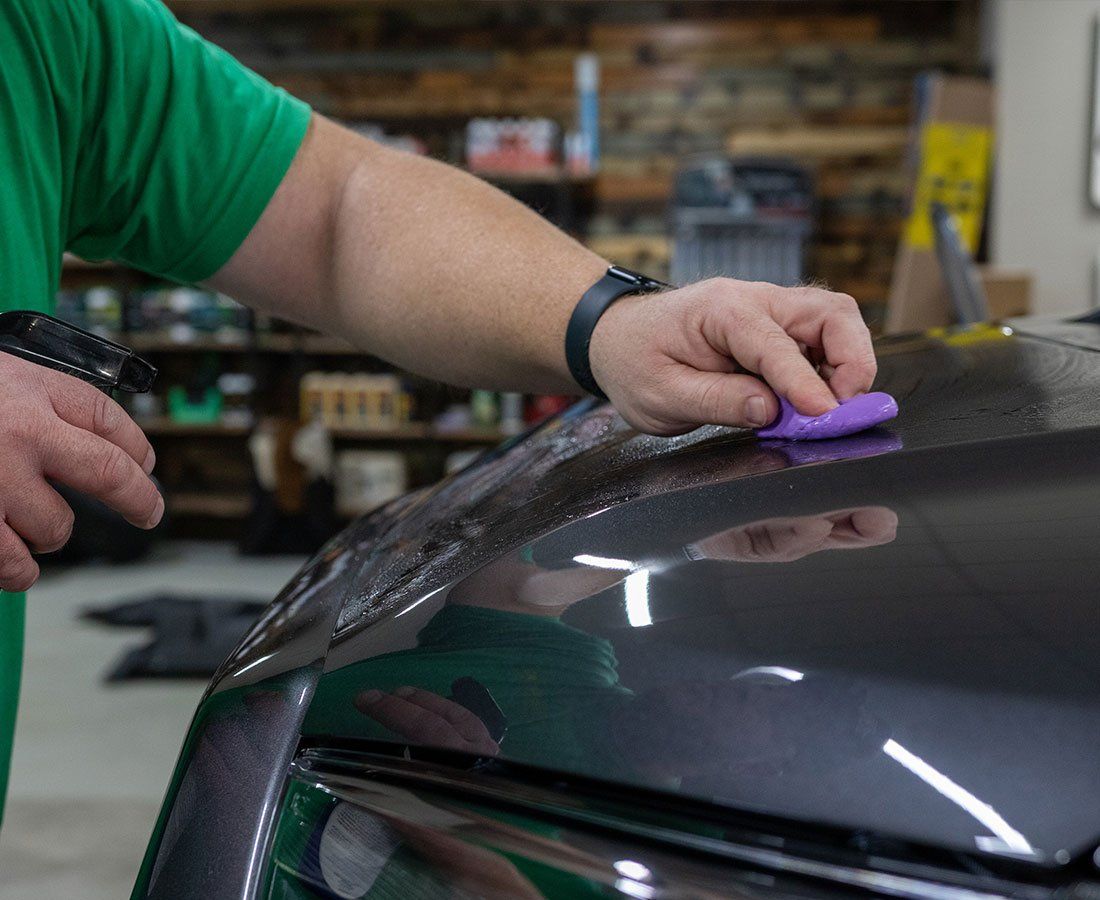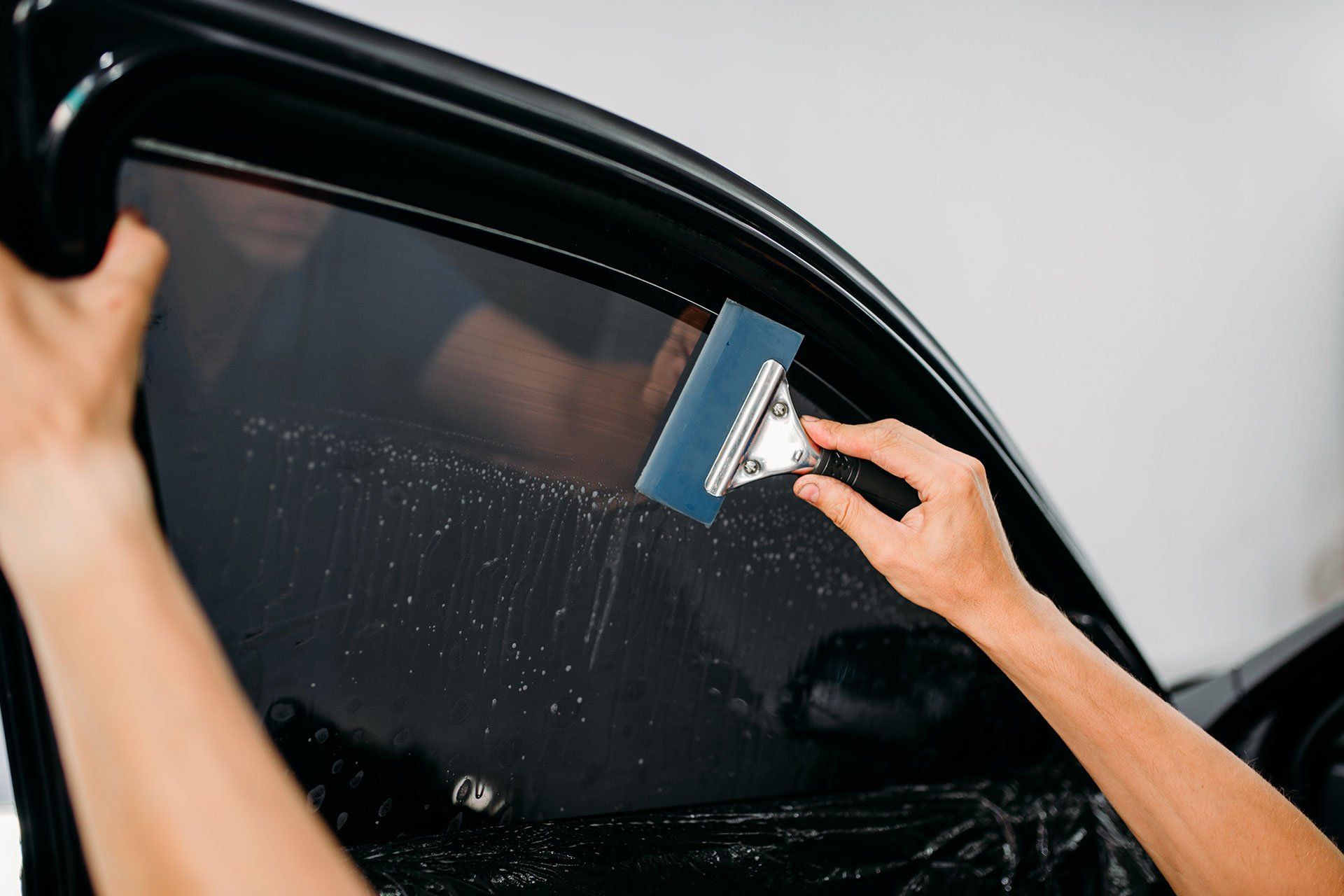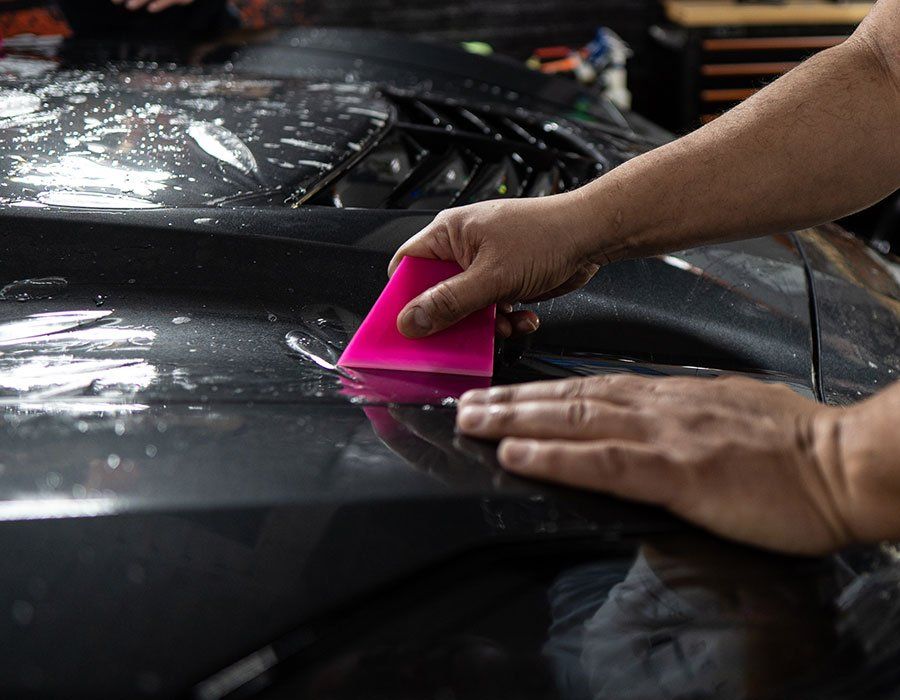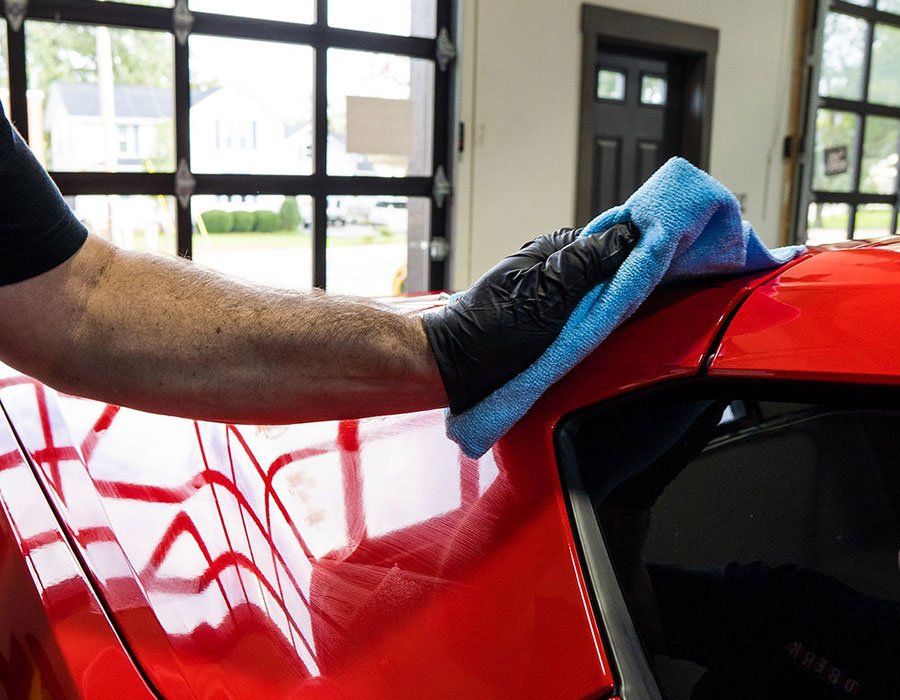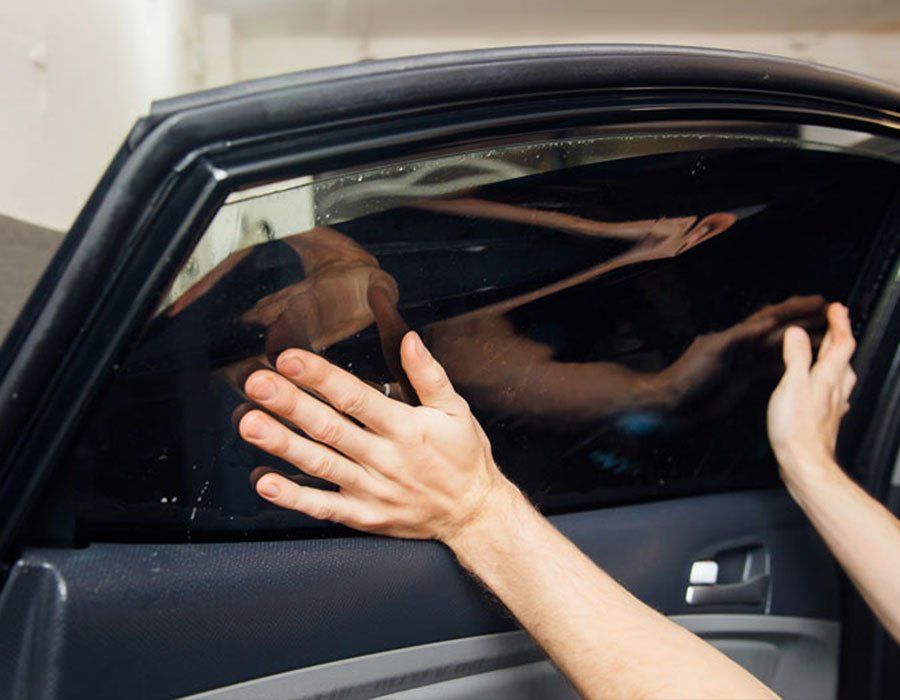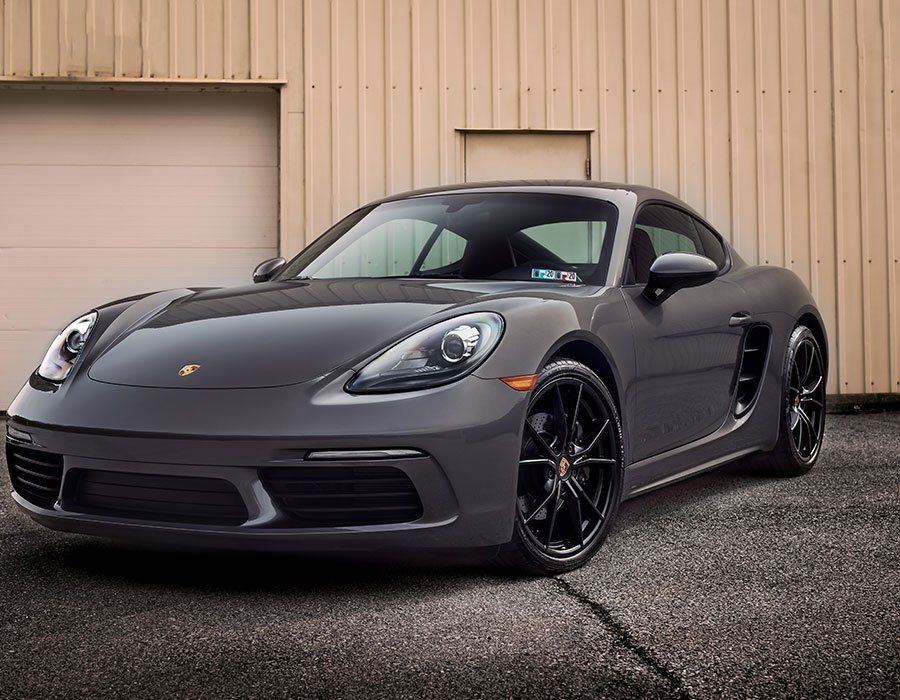What Car Lovers Should Know About Paint Protection Film in Tampa, FL
CALL (727) 940-2340
SCHEDULE NOWWhen you buy a new car, you'll want to protect it so that it retains its original luster for as long as possible. This gesture entails keeping your car's finish in pristine condition. Driving on Tampa, FL roads, on the other hand, exposes you to road debris, flying rocks, tree branches, road salt, parking incidents, and other things that can damage the paintwork of your car. The good news is that various options for complete car paint protection are now available.
How to Protect Your Vehicle's Paint
Automotive applications such as high-quality wax, vinyl wraps, ceramic coatings, and paint protection films may be familiar to you (PPF). If you want to keep your vehicle's surfaces looking new, frequent washing and even a ceramic coating can help, but you can go a step further by installing paint protection film. Elasticity, transparency, abrasion resistance, UV protection, and oil and grease resistance are just a few of the impressive properties of paint protection film. It is exactly what your vehicle requires to keep the paint looking like new for many years to come.
What Is a Car Paint Protection Film?
Paint protection film has many names, such as clear bra, clear mask, invisible shield, scratch protection film, rock chip protection, car scratch protection film, or clear wrap. A PPF is a transparent layer made from thermoplastic urethane typically applied to the car's painted surface as a shield from debris. The top layer of a clear coat is made of polyurethane material, which enables it to heal from scratches in daily driving conditions. Its bottom layer contains an acrylic adhesive designed for flexibility so that the virtually invisible film can stretch and wrap around different contours and irregular shapes of vehicles.
Paint protection films are installed on your car's paint surface, including the body panels, full hood, roof, side mirrors, door handles, front bumper, and trunk, to guard against light scratches, dings, swirl marks, and scuffs and offer stain resistance. Because the film is versatile, it protects the paint on your vehicle from minor scratches. It is self-healing in the sense that when scratches occur, it expands and returns to its original shape, making minor scrapes virtually invisible.
Paint protection film shields your vehicle's paint from flying rocks, debris, stone chips, bird droppings, bug splatter, acid rain, sun exposure, and other elements that could harm the factory paint on your entire vehicle. Investing in PPF eliminates the need for regular paint correction.
Why You Should Install Paint Protection Films
Car paint protection film is the most practical form of defense you can use to protect the paint on your vehicle from damage. It is the best example of a product that delivers on its protective benefits as advertised. Some of the reasons why you should consider PPF installations are as follows:
- It protects your vehicle from fading
- There is less need to wash your vehicle
- You will maintain the resale value of your vehicle
- It will save you money on regular paint jobs
- It prevents chemical reactions
- It self-heals
- It provides invisible superior protection
- Suitable for all vehicle makes and models
- Precisely trimmed and computer-generated pieces
- It is guaranteed
Paint Protection Film Care
Installing the best paint protection film is a low-cost way to ensure that your car's paint job lasts for many years. However, without proper care, the protective film may not last as long as expected. Even though PPF repels dirt, road grime, and other contaminants on the road, it must be washed on a regular basis. However, you should wait at least one week for the PPF application to cure before washing your vehicle.
Although it is simple to clean, avoid using inferior cleaning materials, using automated car washes, and washing the vehicle in direct sunlight. When using a pressure washer, avoid the edges of the film as they may lift and reduce surface protection. If you want to wipe the surface, make sure it's wet because wiping a dry protection film can damage it.
If you see any chemical stains, bug splatter, or bird droppings, act quickly and wipe them away. Chemicals can eat away at the protective coating, leaving your vehicle vulnerable. To remove oil, dirt, or debris from your vehicle, avoid using chemicals or abrasives, and seek professional assistance if your efforts fail. Finally, you can keep your vehicle looking new and shiny by applying car wax once a month. Waxing makes cleaning your car easier.
Get Quality Paint Protection Film Installations
If you are thinking about installing paint protection film on your vehicle, Auto Film Guys is the best place to go. Regardless of the condition of your vehicle, our experienced PPF installers will provide you with high-quality installation services. Call us today at (727) 940-2340 to set up a free consultation. Our paint protection film service offers a 10-year warranty!
The Auto Film Guys Blog
